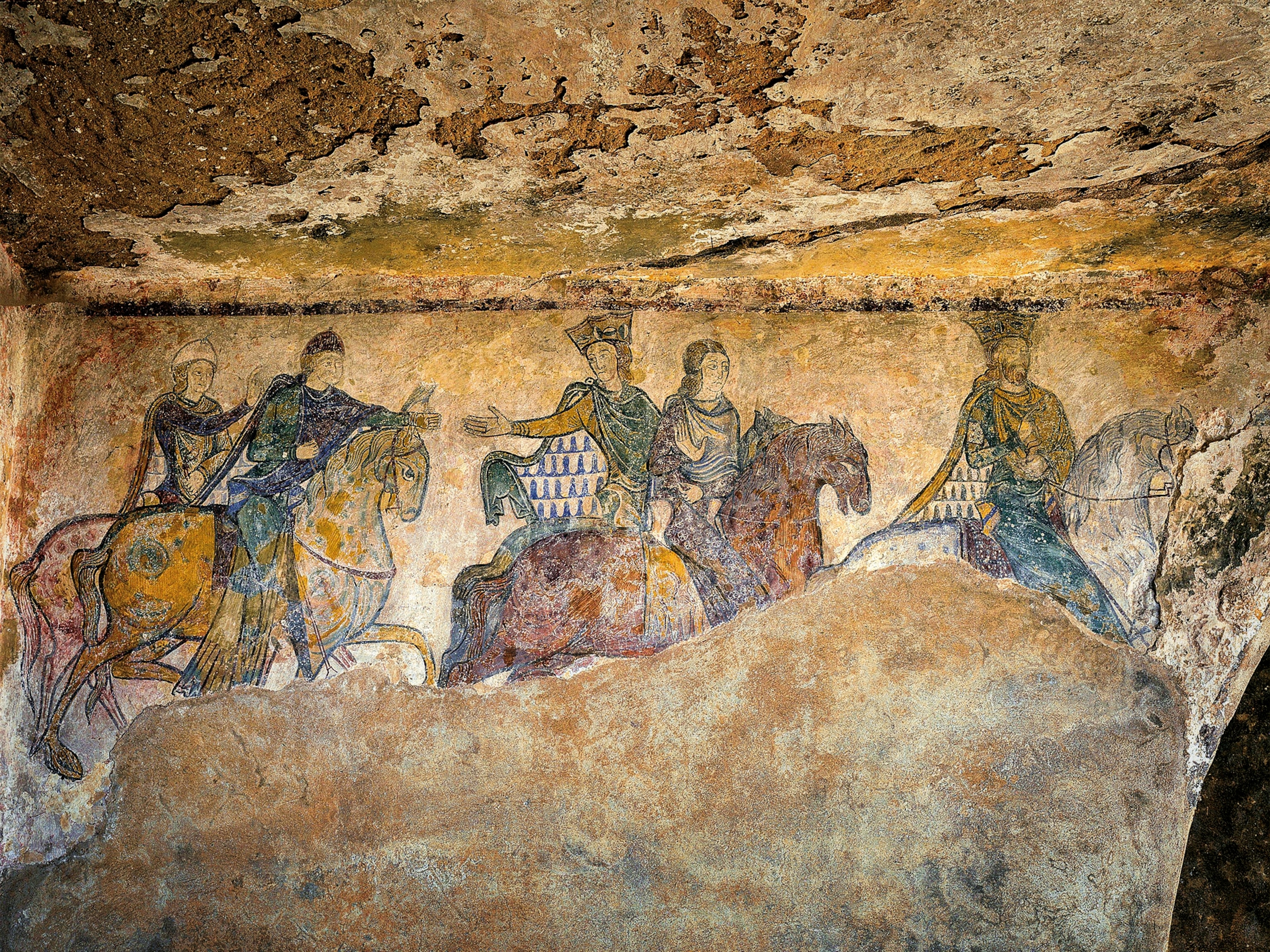
Chile Scraps Huge Patagonia Dam Project After Years of Controversy
Citing environmental concerns, the Chilean government canceled HidroAysén.
Chile's government canceled a controversial plan for five dams on two of Patagonia's wildest rivers Tuesday, after an eight-year battle between environmentalists and developers.
Chile's Committee of Ministers overturned the environmental permits for the HidroAysén project, which would have put dams on the Baker and Pascua Rivers, flooding 5,900 hectares of land in order to generate hydroelectric power.
The committee had previously approved the permits in 2011, but has faced strong public opposition to the plan inside Chile and from the international environmental community. (See related blog post: "A Battle Over the Quest to Tap Patagonia's Rivers for Energy.")
"Patagonia's rugged and varied wilderness is truly an environmental treasure," Amanda Maxwell, Latin America project director at the Natural Resources Defense Council, said in a statement.
"These giant dams would have put at risk the wilderness, traditional culture, and local tourism economy of this remarkable region."

Patricio Rodrigo, executive secretary of the Patagonia Defense Council, a coalition of nearly 70 Chilean and international organizations, said in a statement: "The government's definitive rejection of the HidroAysén project is not only the greatest triumph of the environmental movement in Chile, but marks a turning point, where an empowered public demands to be heard and to participate in the decisions that affect their environment and lives."
The dams were planned for an installed capacity of 2,750 megawatts, which would have provided 15 to 20 percent of the country's energy needs.
In recent years Chile has struggled to provide energy for its growing economy. The country has few fossil fuel resources, and imports from Argentina have recently slackened due to that country's rising domestic needs. Imports from Bolivia have been hampered by a border dispute.
Replacement Power?
To replace the power from the canceled dam, Chile's government says it will add terminals to receive liquid natural gas from abroad and will invest heavily in energy efficiency. The government set a target of cutting energy consumption by 20 percent from the level that it would otherwise reach by 2025.
The government has also set a target of producing 20 percent of the country's electricity from renewable sources by 2025 (it is currently about 6 percent). Officials have called for solar panels on public buildings and are considering expansion of solar into the Atacama Desert. (See related "Pictures: Cars Capture Solar Energy in Chilean Desert.")
Also possible are geothermal plants around the country's plentiful active volcanoes and experimental wave and tide projects along Chile's long coastline.
The NRDC's Maxwell supports the plan for more renewables. "The country's future energy needs are better served by building truly sustainable energy: renewables and energy efficiency," she said.
For their part, Hydroelectric Aysen S.A., the developers of the now-defeated dams, had maintained that the project was needed to provide energy to a growing economy. The plan had incorporated "the highest environmental standards" and was being designed to "minimize the impact on the environment and the social and cultural environment of the area of influence," the planners wrote on their official website.
Hugh Rudnick, an energy expert at the Catholic University in Santiago, told the BBC that the dam would have been efficient. "The area to be flooded was very small for the amount of electricity it would have generated," he said.
But, Rudnick argued, "it's been defeated by a well-organised campaign by NGOs who've managed to convince the country that it would mean that the whole of Aysen would be flooded."




